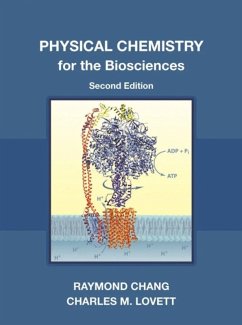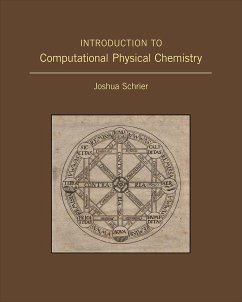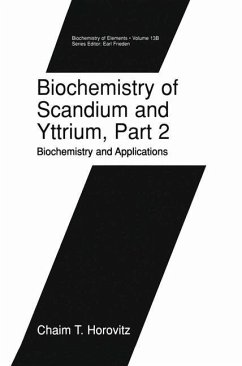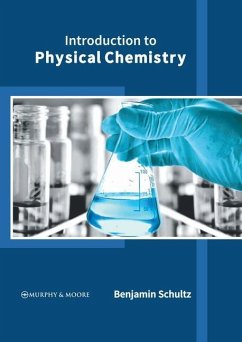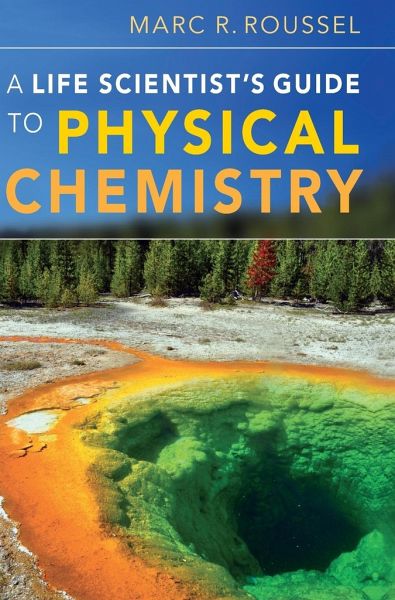
A Life Scientist's Guide to Physical Chemistry
Versandkostenfrei!
Versandfertig in 1-2 Wochen
166,99 €
inkl. MwSt.
Weitere Ausgaben:

PAYBACK Punkte
83 °P sammeln!
Motivating students to engage with physical chemistry through biological examples, this textbook demonstrates how the tools of physical chemistry can be used to illuminate biological questions. It clearly explains key principles and their relevance to life science students, using only the most straightforward and relevant mathematical tools. More than 350 exercises are spread throughout the chapters, covering a wide range of biological applications and explaining issues that students often find challenging. These, along with problems at the end of each chapter and end-of-term review questions,...
Motivating students to engage with physical chemistry through biological examples, this textbook demonstrates how the tools of physical chemistry can be used to illuminate biological questions. It clearly explains key principles and their relevance to life science students, using only the most straightforward and relevant mathematical tools. More than 350 exercises are spread throughout the chapters, covering a wide range of biological applications and explaining issues that students often find challenging. These, along with problems at the end of each chapter and end-of-term review questions, encourage active and continuous study. Over 130 worked examples, many deriving directly from life sciences, help students connect principles and theories to their own laboratory studies. Connections between experimental measurements and key theoretical quantities are frequently highlighted and reinforced. Answers to the exercises are included in the book. Fully worked solutions and answers to the review problems, password-protected for instructors, are available at www.cambridge.org/roussel.








